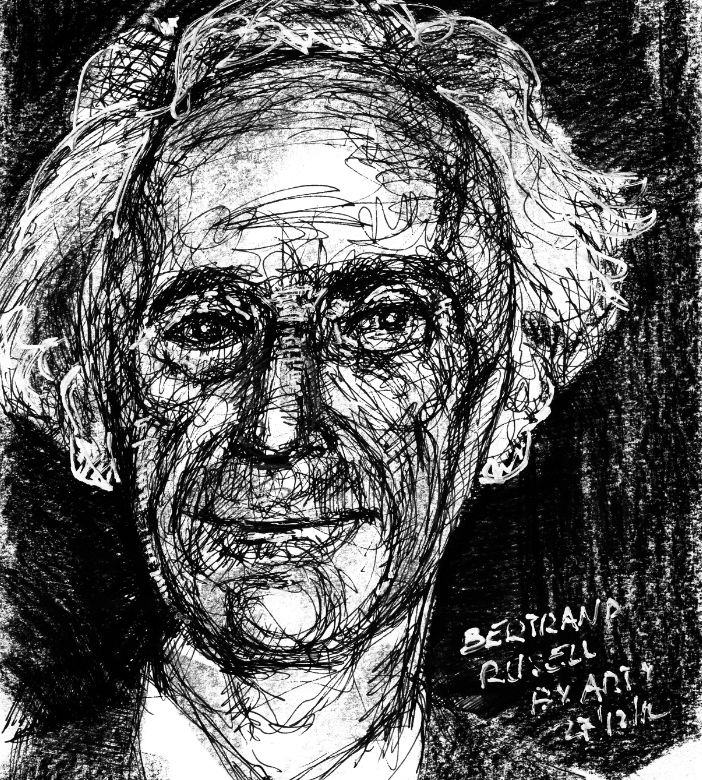This story draft by @bertrandrussell has not been reviewed by an editor, YET.
An essay on the Foundations of Geometry: Chapter III - Section B

There are two motives for reading a book; one, that you enjoy it; the other, that you can boast about it. Philosopher.
About Author
There are two motives for reading a book; one, that you enjoy it; the other, that you can boast about it. Philosopher.